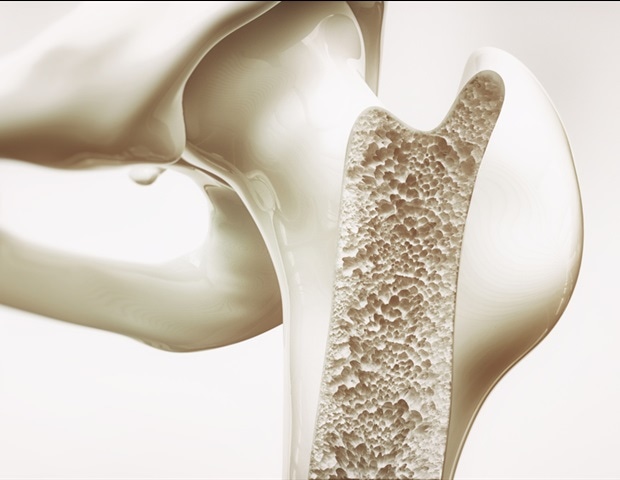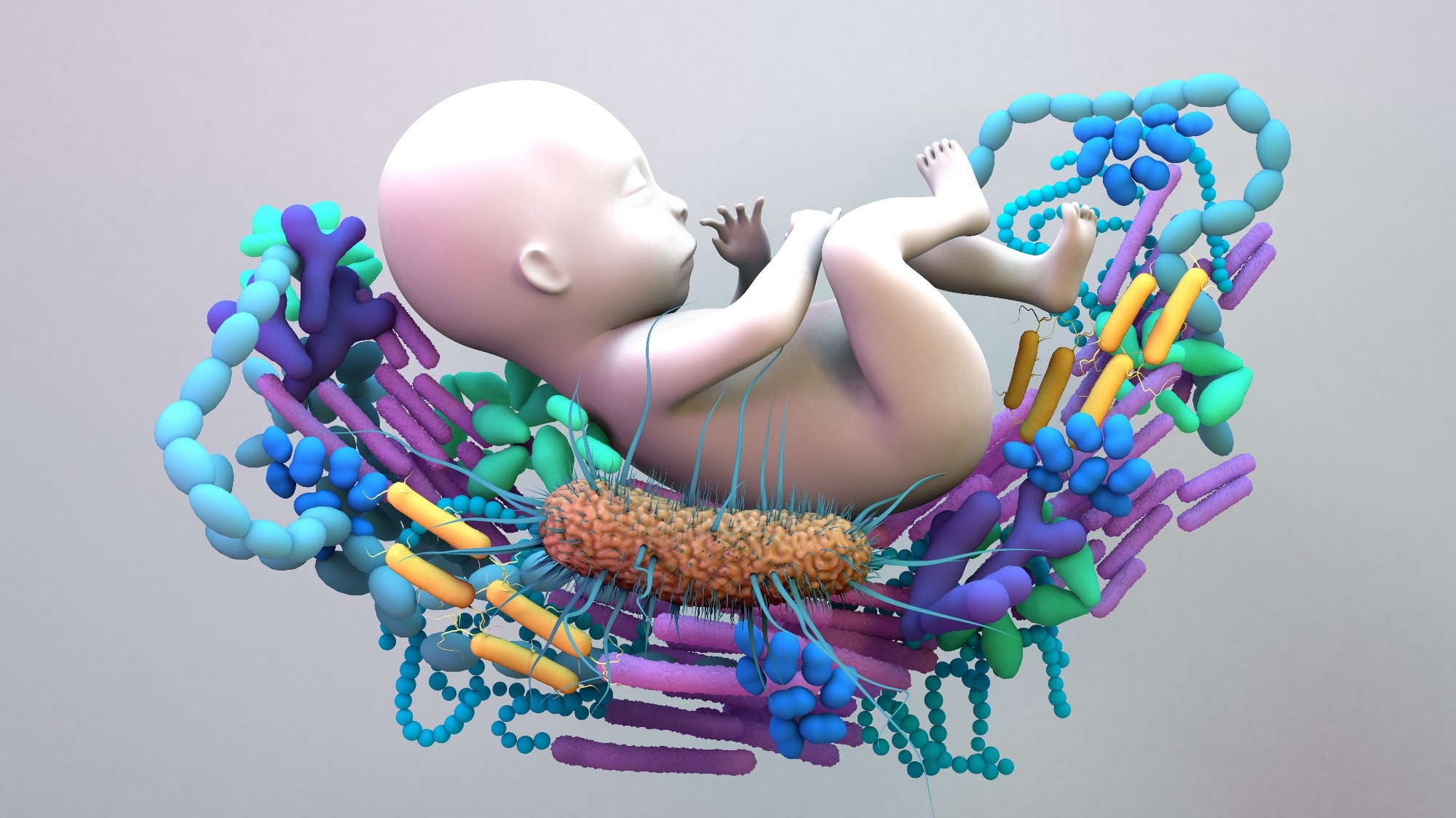You took a home pregnancy test, and it’s positive. You are over the moon excited, but now what? It’s time to find a healthcare provider to care for you during pregnancy. You have several options, including a doctor, a nurse practitioner, or a midwife. But what is a midwife?
The word “midwife” means “with woman.” Midwives are trained experts in normal pregnancy and birth. They focus on keeping everything with mom and baby as normal as possible.15,16
There are several types of midwives. The most highly trained are called certified nurse midwives. They independently care for low-risk women and often collaborate with an OBGYN to care for high-risk women. Midwives play an essential role in promoting the health of mothers and babies.3,5
Midwives have cared for pregnant women in their homes for centuries. The practice of midwifery goes back long before doctors received training. As physicians became trained, they took over the field of childbirth in the United States. By the 19th century, physicians attended almost all births in hospitals. Today, midwives in the United States attend about 8.7% of hospital births. In other countries, the numbers are much higher.6,7
There are four types of midwives. Each provides varying levels of care to women and newborns. When choosing a midwife, it’s good to understand the differences to select the type that best meets your needs and provides the safest care.1,2,3,4
Certified nurse-midwives are registered nurses who complete a graduate-level nurse-midwifery program. They pass a national certification exam from the American Midwifery Certification Board (AMCB). CNMs care for women from their teenage years through menopause, not just during pregnancy. Their training is usually hospital-based, but CNMs can practice in any birth setting. With their licensing, CNMs can prescribe medications in all 50 states.
Certified midwives are highly trained but are not nurses. CMs have a non-nursing undergraduate degree, usually in a health-related field. They complete a graduate-level midwifery degree and pass the same national board exam as CNMs. CMs also care for women throughout their lifespans and can practice in any birth setting. They can practice in nine states and can prescribe medications in six.
Certified professional midwives receive training through either an apprenticeship or an educational program. Certification does not require a degree. They meet certification requirements through the North American Registry of Midwives (NARM). Their training focuses on providing midwifery care in homes and freestanding birth centers. CPMs are not nurses. They care for women during pregnancy, birth, and 6-8 weeks after delivery. CPMs can practice in 28 states.
Lay midwives, sometimes called traditional midwives, are not certified or licensed. They usually have informal education such as self-study or an apprenticeship. Lay midwives do not have nursing or medical training and are thus not considered healthcare professionals. They are not licensed, certified, or legislated.
The scope of care midwives give depends on the type they are. We will focus here on CNMs and CMs as they can provide the most comprehensive care. Other types are limited in the care they can give and where they can provide that care. CNMs and CMs can provide care that includes the following:5
- Pregnancy care
- Labor and birth, including delivering your baby
- Postpartum care after your baby is born
- Sexual and reproductive health
- Gynecologic health, including annual exams, cervical screenings, and breast exams
- Family planning services such as contraception
- Preconception care
- Primary care for teens
- Newborn care for the first 28 days of life
- Breastfeeding support
- Prescribe medications, including pain medications for labor
- Assist with Cesarean births if they have additional training
- Order and interpret lab results, ultrasounds, and other diagnostic tests
- Manage medical emergencies until a physician arrives
- Provide wellness education and counseling
- Provide services in clinics, private offices, hospitals, telehealth, birth centers, and homes
Difference Between an OBGYN and a Midwife
OBGYNs, or obstetricians, are medical doctors who specialize in women’s health. As doctors, they have an undergraduate degree, attend four years of medical school, and then a four-year residency in obstetrics and gynecology. Obstetricians are experts in complications and disease processes. OBGYNs are also surgeons and perform Cesarean deliveries as well as gynecological surgeries.17
Midwives are not doctors. Certified nurse midwives and certified midwives provide comprehensive care to women. They can provide medical interventions and procedures but are not surgeons. They tend to have a more holistic approach and focus on promoting natural birth and minimizing unnecessary interventions. Midwifery centers on wellness, health, empowering women and families, shared decision-making, and emotional support. Typically, they spend more time at the bedside caring for and interacting with their patients.8
See also: Midwife vs. OB-GYN: What’s the Difference?
Difference Between a Nurse Practitioner and a Midwife
A women’s health nurse practitioner (NP) has a nursing degree with advanced practice education and training. Certified nurse-midwives attend births, but nurse practitioners do not. NPs care for women throughout their life, including during pregnancy. You can see a nurse practitioner for your pregnancy, but a doctor or midwife will attend your birth.18
Difference Between a Doula and a Midwife
A doula has training and certification to provide you with physical and emotional support during labor. Some doulas also offer support in your home after your baby is born. Doulas are not required to have a medical or nursing background. Midwives are responsible for monitoring the health of you and your baby, while doulas are responsible for offering support.9
See also: Doula vs. Midwife: What’s the Difference?
Midwifery care provided by educated, trained, regulated, and licensed midwives have many benefits, including the following:10,11,12,13
- Lower rate of interventions
- Higher satisfaction with the birth experience
- Less likely to have a preterm birth
- Less use of vacuum or forceps for delivery
- Fewer episiotomies
- Decreased risk of Cesarean birth
- Lower rate of labor induction
- Decreased severe tearing
- Lower use of epidurals
- Lower cost
- Increased chance of a positive start to breastfeeding
- More hands-on approach
- The mother has an increased sense of control
- Higher rates of vaginal birth after a Cesarean section
Choosing a midwife is an important decision. So it is essential to ask questions to ensure the midwife you choose is right for you. Some questions to consider are:
- Are they a certified nurse, certified professional, or lay midwife?
- What is their education and training?
- How many years of experience do they have?
- How many babies have they delivered?
- What is their philosophy of care?
- Are they accessible and available?
- What is their collaborative relationship with other healthcare providers?
- Do they work with a group?
- Do they deliver babies at home, in a birth center, or in a hospital?
- If they deliver out of the hospital, what is their plan for transferring you to the hospital if the need arises?
When understanding what a midwife is, knowing they have different practice models is essential. Some follow you through pregnancy and birth; you know they will be there when the big day comes. Unfortunately, this arrangement is not typical anymore. Many work in groups, with one on-call each day for deliveries which will be the one to care for you during labor and catch your baby. It can be helpful to meet all the midwives in the group so you will be comfortable when you go into labor.
Midwifery can be an essential part of healthcare. They provide comprehensive care to women during pregnancy, childbirth, after delivery, and for routine gynecological care. Certified nurse midwives and certified midwives work with a team of healthcare providers, including nurses, physicians, and doulas. Midwifery care has many benefits for the mother and child and is an option to consider when pregnant.

 PARENTING TIPS
PARENTING TIPS







 PREGNANCY
PREGNANCY








 BABY CARE
BABY CARE








 TODDLERS
TODDLERS








 TEENS
TEENS








 HEALTH CARE
HEALTH CARE







 ACTIVITIES & CRAFTS
ACTIVITIES & CRAFTS








 CONTACT
CONTACT ABOUT
ABOUT
















